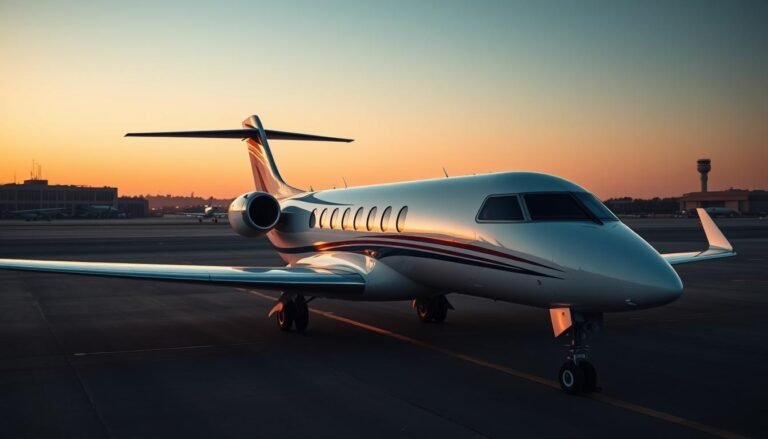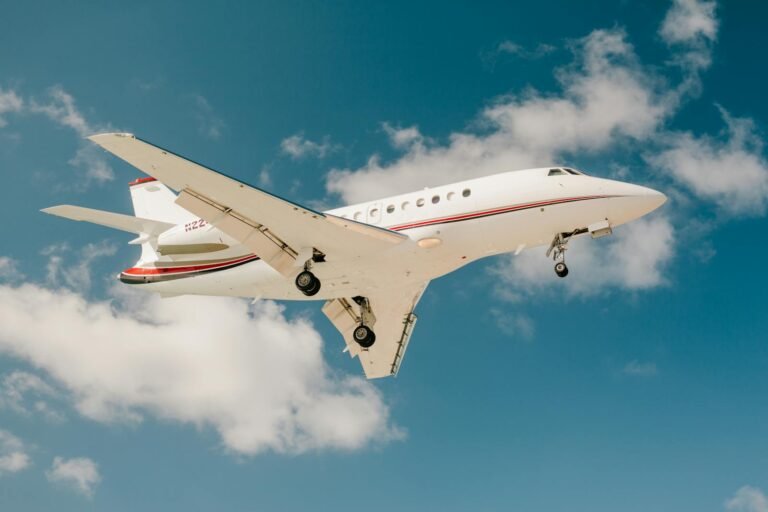What if the real cost of a private jet isn’t about the plane itself? It’s more about how you use it.
Rich travelers often wonder about the cost of flying private. The answer lies in the hours flown and the type of plane. This guide breaks down the cost of renting a private jet. It covers everything from turboprops to VIP airliners and what affects the price.
Expect to pay between $2,000 and $14,000 per hour for most jets. VIP airliners like Boeing Business Jets and Airbus Corporate Jets cost more, around $16,000 to $23,000+ per hour. We explain what’s included, like the plane, crew, insurance, and fuel. But, things like positioning, taxes, and handling are not included.
We also compare coast-to-coast flights with transatlantic ones. You’ll see examples of real trips and how costs vary by region.
This guide is your practical guide to understanding private jet costs before booking. It also mentions premium options like Villiers Jets flexible private charters with global access. They offer flexible itineraries across the United States and abroad.
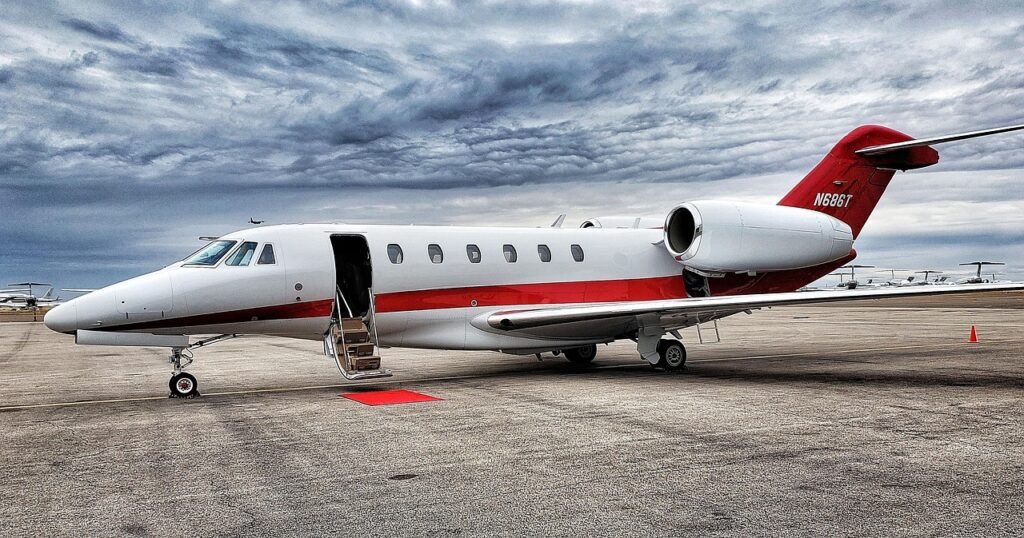
What You Should Remember
- Private jet price is driven first by billable flight hours and aircraft category.
- Typical ranges: about $2,000–$14,000 per hour; VIP airliners run roughly $16,000–$23,000+ per hour.
- Hourly rates usually include aircraft, crew, insurance, and fuel; many fees remain outside the quote.
- Positioning flights, taxes, and airport handling can shift the private flight cost by five figures.
- Daily minimums and regional costs explain why a short one-way may price higher than expected.
- Real route examples help benchmark how much is it to rent a private jet for your itinerary.
- Villiers Jet – Flexible Private Charters with Global Access offers options for complex schedules.
Private Jet Rental Cost at a Glance: Typical Price Ranges and What’s Included
Travelers want to know the cost of private jet charters before booking. This guide explains what affects the cost and answers the question: how much does it cost to charter a private jet for a specific route and aircraft type.
Average hourly rates by category from turboprops to VIP airliners
Costs vary based on the jet’s size and features. Turboprops and small jets cost about $1,200 to $4,250 per hour. Midsize jets are around $2,800 to $6,500 per hour.
Large jets cost between $5,550 to $8,000 per hour. Ultra-long-range jets are $8,500 to $12,000 per hour. VIP airliners are the most expensive, costing $16,000 to $23,000+ per hour. These prices help understand the cost of different jet types.
What’s covered in the hourly rate: aircraft, crew, insurance, fuel
- Aircraft: the cabin, avionics, and performance fit for the mission.
- Professional crew: captain and first officer; some flights include a flight attendant on larger cabins.
- Standard liability and hull insurance arranged by the operator.
- Fuel: included in base pricing for most quotes, reflecting current market levels.
These elements are included in the cost. This is the basic cost for private jet rentals.
What’s not included: positioning, taxes, overnights, handling
- Positioning flights: ferry time to and from the aircraft’s base, when required.
- Taxes and government fees: U.S. Federal Excise Tax at 7.5%, segment fees of $5.00 per passenger per leg (2025), and international head taxes.
- Overnights and crew per diem: lodging and meals when trips span multiple days.
- Airport charges: landing fees ($150–$500), ramp and handling ($100–$500), hangar in winter ($500–$1,500/day), plus short-leg fees on larger jets.
- Incidentals on request: Wi‑Fi usage, deicing, custom catering, pet cleaning, ground transportation, and carbon offsets.
Knowing these extra costs gives a full picture of private jet charter costs. This helps travelers understand the total cost for their trip and preferred cabin.
Hourly Rates by Aircraft Category: From Turboprops to Ultra-Long-Range Jets
Getting to know private jet charter rates starts with the type of plane. The size of the cabin, how far it can fly, and its age all affect the cost. These factors, along with updates and technology, play a big role. For those wondering about the cost of flying private on popular routes, here’s a guide based on current rates.
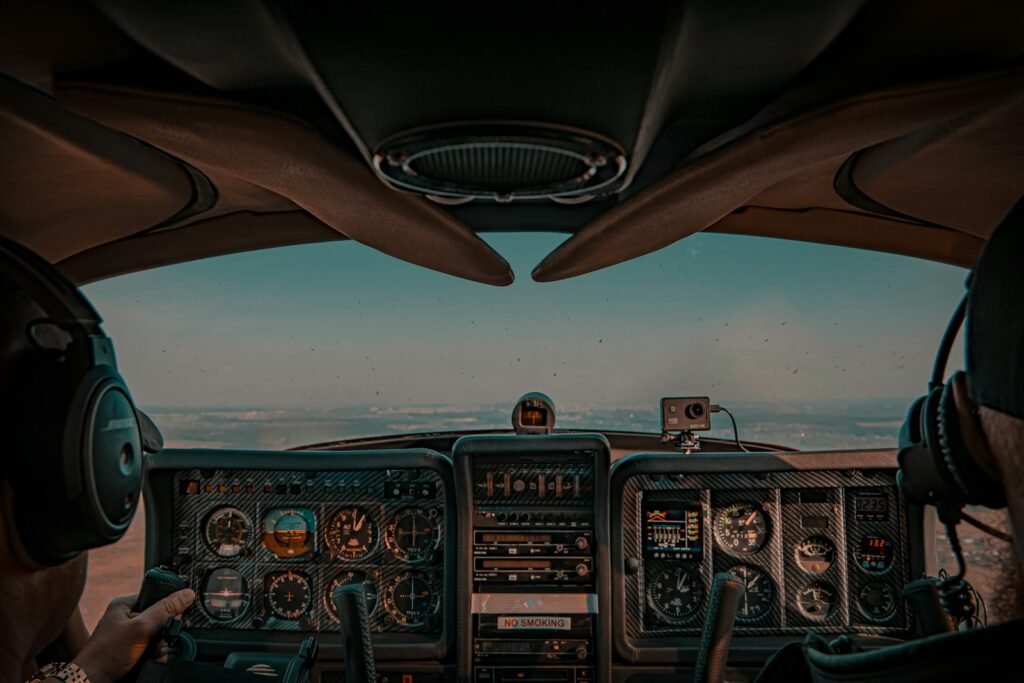
Turboprops, very light, and light jets: about $1,200–$4,250 per hour
These planes offer a good mix of value and comfort. A Pilatus PC-12 turboprop is often at the lower end. On the other hand, an Embraer Phenom 100 or Cessna Citation M2 falls into the very light and light categories. They’re great for short trips and regional business flights.
For flights under 600 miles, expect competitive rates. These planes are also good for quick trips and airports with shorter runways. For a quick look at prices, check out this guide on typical hourly pricing.
Midsize and super midsize jets: about $2,800–$6,500 per hour
Midsize jets like the Learjet 60 offer speed and a spacious cabin for 4 to 7 people. Super midsize jets, like the Cessna Citation Sovereign and Bombardier Challenger 350, have more range and payload. They keep rates reasonable.
These jets are perfect for coast-to-coast trips. They offer more space for luggage and fly faster. If you’re looking for a good deal for a larger group and long distances, this is your best bet.
Large and ultra-long-range jets: about $5,550–$12,000+ per hour
Large jets, such as the Gulfstream G450 or Dassault Falcon 900, provide more comfort with wide cabins and long legs. Ultra-long-range jets, like the Gulfstream G650 or Bombardier Global 6000, cost more but save time.
On long trips, these jets are worth it. They offer fast travel, fewer stops, and better sleep options. They’re ideal for those who need to stay productive and comfortable on long flights.
VIP airliners: roughly $16,000–$23,000+ per hour
VIP airliners, like the Boeing Business Jet and Airbus ACJ, turn the cabin into a luxury home. They have lounges, private bedrooms, and full kitchens. This justifies the high cost for large groups, sports teams, or brand promotions.
For those looking to splurge on private jet travel, this tier offers unmatched luxury. It’s perfect for complex itineraries, special events, and multi-city tours where flexibility is key.
Billable Flight Time Explained: The Biggest Driver of Private Jet Cost
Billable time is key to the cost of flying private. It’s calculated by multiplying the hourly rate by the number of hours flown. Then, other costs like positioning and daily minimums are added. Before you can figure out the cost, you need to understand how these hours are counted.
Wheels up to wheels down vs. taxi time
Billable flight time starts when the plane takes off and ends when it lands. Taxi time, delays, and other waiting periods don’t count. This rule is important because each minute in the air costs the plane’s hourly rate.
- Airborne time only is billed; taxi time is excluded.
- Hourly rate varies by category and market conditions.
- Use a trusted private jet charter cost estimator to model the time and rate together.
Positioning flights and daily minimums (typical 1.5–2.5 hours)
Positioning flights move the jet to your pickup and back. These trips are billed when needed. They can be a big part of the total cost.
- Daily minimums apply even on short days: about 1.5 hours for turboprops, 2.0 for light and midsize, and 2.5 for super midsize and larger types.
- Short segments on larger jets may trigger minimums that lift the effective hourly price.
Travelers often look for ways to reduce positioning costs. A small change can lower the cost without changing the plane type.
How a one-way can be billed as two hours due to minimums
Think of a one-hour flight on a light jet. Even if it’s just 60 minutes, you might be charged for two hours due to minimums. So, when asking about the cost, consider more than just the distance.
When planning, think about live time, repositioning, and minimums together. This helps set a realistic budget before choosing your plane and route. Even a simple quote request on Villiers can help with early estimates before getting a formal quote.
Route-Based Pricing Examples: What Real Trips Can Cost
These examples show the cost of chartering a private jet on popular routes. They explain how the type of plane and taxes affect the price.
Below are typical prices in the United States. They show what chartering a jet costs without extras like food, Wi-Fi, or deicing.
Los Angeles to Aspen round trip (midsize): sample $20,317.50 all-in
A two-day trip in a midsize jet costs $20,317.50. This includes 5 hours of flying at $3,400 an hour, plus fuel, crew, and landing fees. Taxes add another $1,417.50.
This example shows the cost for a mountain trip. It highlights the importance of runway performance and winter operations.
New York to Los Angeles (large): around $102,000 one-way sample
Large jets for coast-to-coast trips cost between $95,500 and $106,000 one way. A sample price is about $102,000. This reflects premium features, speed, and space for long trips.
This range helps travelers understand the cost of transcontinental flights. It shows prices during peak times and when demand is high.
Los Angeles to London (large): about $240,000 one-way sample
Flights to London in a large jet cost around $240,000 one way. The cost includes long-range fuel, extra crew, and special procedures for the North Atlantic.
This estimate reflects the high cost of transatlantic travel. It shows the time, comfort, and performance needed for such trips. It also leaves room for extra services that can change the total cost.
- All figures reflect aircraft, crew, fuel baseline, insurance, and standard handling.
- Optional services and special requests can vary by operator, airport, and season.
Regional Price Differences: Why the Same Jet Can Cost More Abroad
Geography changes the price of private jet flights in surprising ways. Market demand, airport infrastructure, and regulations differ by region. This affects the cost of flying private on the same aircraft. Travelers often look for private jets near them and find big price differences.
Case study: Challenger 601—U.S. vs. South America totals
A Bombardier Challenger 601, which seats nine, shows the price gap. A New York–Los Angeles round trip costs about $58,900. This works out to $6,544 per person and $633 per hour for 10.35 hours.
U.S. total $58,900 vs. South America $82,500 for similar hours
The same jet on a São Paulo–Caracas round trip costs around $82,500. This is about $9,167 per person and $785 per hour for 11.68 hours. This difference shows how region can add thousands to the cost.
Drivers: fuel, airport fees, management, and handling costs
- Fuel: Higher rates and limited hedging options can increase costs.
- Airport and handling: Landing, ramp, and third-party services cost more at some airports.
- Management and operations: Local labor, maintenance, and compliance raise base costs.
- Route timing: Peak seasons and repositioning in thinner markets increase prices.
For more on regional factors—hourly categories, route samples, and common surcharges—see this actual private jet rental cost overview. It helps compare prices across continents while keeping service standards and safety in mind.
Taxes and Government Fees You Should Expect on Private Flights
Government fees add to the cost of private flights. Knowing these costs helps you understand the true cost of flying private. This is important before you book your flight.
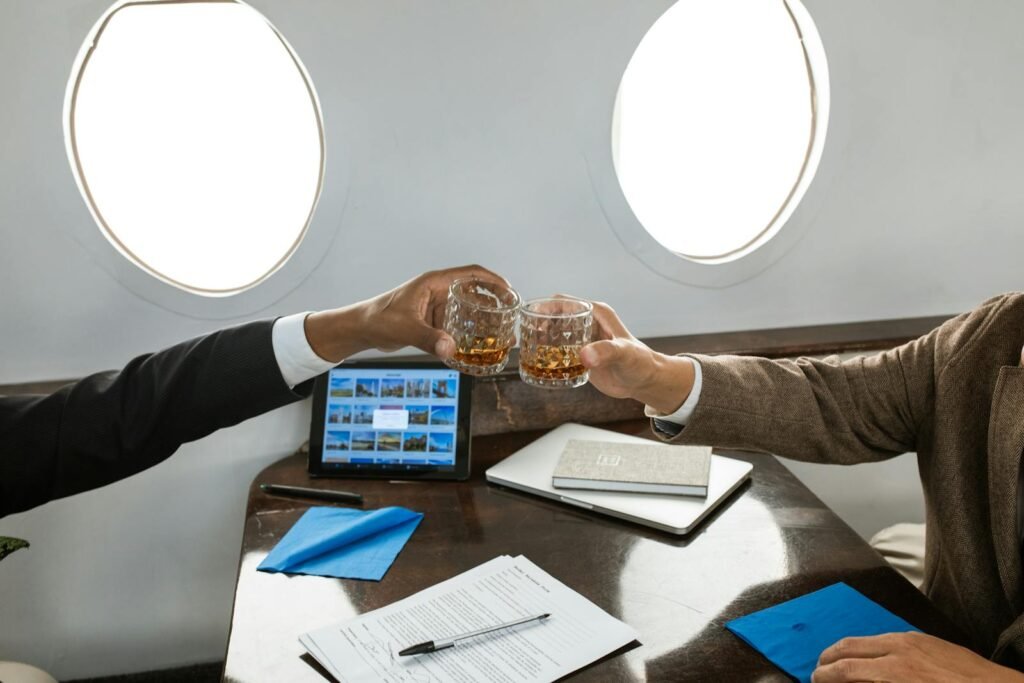
Federal Excise Tax: 7.5% on U.S. domestic air transportation
In the U.S., a 7.5% Federal Excise Tax is applied to domestic charters. It’s based on hourly charges and fees. Remember to include it when calculating the cost of your private flight.
U.S. segment fee: $5.00 per passenger, per leg (2025)
In 2025, each passenger will pay a $5.00 segment fee per flight leg. This fee is important to add to your budget. It helps keep your estimate accurate for flights with multiple stops.
International head tax: $22.20 per passenger (2025), AK/HI $11.10
For international flights in 2025, there’s a $22.20 head tax per passenger. Flights in Alaska or Hawaii are $11.10. These fees can significantly impact the cost of transoceanic flights.
International permits and fees: roughly $500–$5,000+ per trip
Flights crossing borders need permits and services. These costs range from $500 to $5,000+ per trip. They should be included in your total cost estimate.
Italian luxury tax: €100–€200 per passenger per leg by distance
Flights to or from Italy face a luxury tax. It’s €100 for distances up to 932 miles and €200 beyond. Factor this into your budget for European flights.
These fees are separate from what the operator charges. They should be included in your initial quote. This way, you get a clear picture of the total cost for your private flight.
Airport and Operator Fees That Impact Private Jet Price
Airport and operator charges add a lot to the cost of a private jet. They explain why the price for two similar routes can vary. For those wondering about the cost of a private jet, these fees are key.
Landing fees: typically $150–$500 by airport and aircraft size
Airports charge landing fees based on the plane’s weight and when it lands. Busy airports like Teterboro or Van Nuys charge more. These fees are for each landing and can change depending on the time.
Ramp and handling: about $100–$500, sometimes waived with fuel
Operators like Signature Aviation and Atlantic Aviation charge for services like marshalling and parking. They often waive these fees if you buy a certain amount of fuel. This can lower the cost without cutting services.
Hangar fees in winter: about $500–$1,500 per day
In cold weather, planes need heated hangars to stay safe. This can cost a lot but may save money on deicing. It helps keep the cost stable during storms.
Short-leg fees on larger jets for brief segments
Big jets might charge more for short flights. Even a short trip can be billed as two hours or more. This affects the cost of flights with many stops.
Knowing these costs helps plan better. It makes sure the private jet rental cost fits the mission and the plane.
Other Trip Costs: Fuel Surcharges, Crew Overnights, and Positioning
There are many factors that affect the cost of chartering a private jet. These include fuel surcharges, crew overnights, and positioning fees. Each of these can change the cost, even if the flight details are the same.
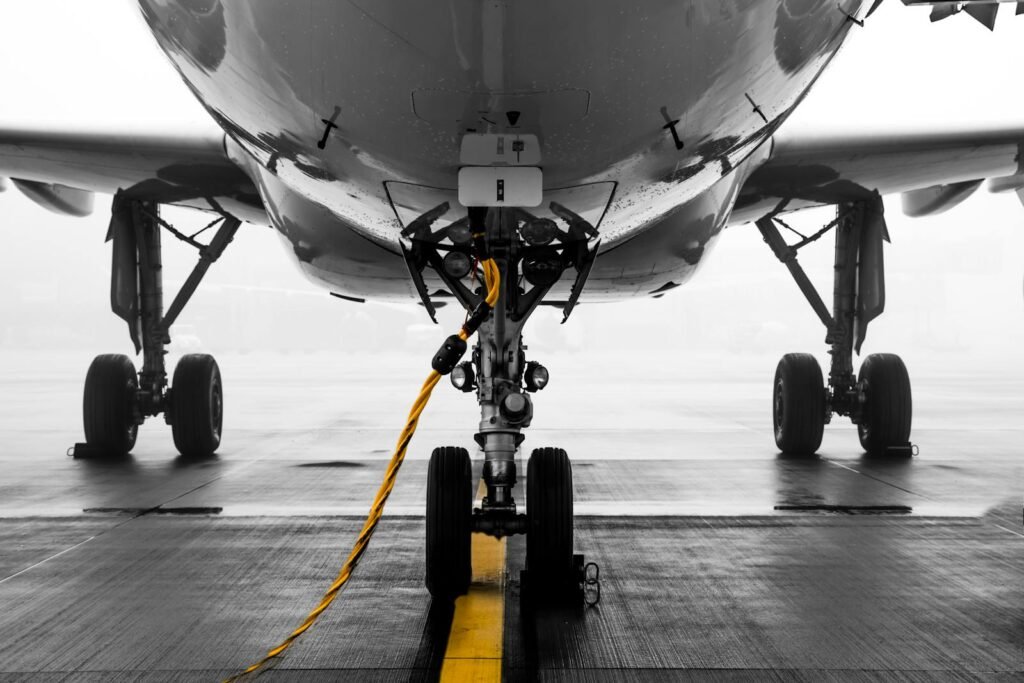
Fuel surcharges: can add $600–$900+ per hour in volatile markets
Fuel price changes can lead to extra fees. These can be $600–$900+ per hour, depending on the plane. Some brokers include these fees in their quotes, making it easier to compare prices.
Crew overnights and per diem: roughly $200–$400 per crew, per night
Overnight stays cover pilots’ and crew’s lodging and meals. Costs are around $200–$400 per person, per night. For long trips, these fees can make a big difference in the total cost.
Aircraft positioning: ferry time to/from the jet’s base
Positioning flights move the jet to your starting point and back. These flights are charged, even without passengers. Choosing airports with strong fleets can save on these costs.
Daily minimum charges by aircraft size
Operators have daily minimums to ensure they use their planes. These vary by plane size. For example, turboprops have a 1.5-hour minimum, while larger jets have a 2.5-hour minimum. Planning your flight to meet these minimums can help save money.
Incidental and Optional Charges: Wi‑Fi, Deicing, Catering, and More
Travelers should know about extra costs that can change private jet prices. These costs help set clear expectations for chartering a private plane. They affect the total cost based on the trip’s details.
In-flight Wi‑Fi: roughly $3.00–$8.50 per MB; long-haul $3,000–$6,000
Wi-Fi costs can vary. Some jets offer it for free, while others charge by data. Streaming can quickly increase costs. Long flights can cost $3,000 to $6,000 for Wi-Fi.
Deicing: about $1,500 for small to $10,000+ for large aircraft
Deicing is needed in winter. Costs depend on the airport, weather, and jet size. It’s charged per event and can raise costs during cold weather.
Custom catering: expect $600–$1,000 for lunch for four
Most jets include snacks and drinks. But, special meals can cost more. Expect to pay $600 to $1,000 for a custom lunch for four.
Pet cleaning and specialty services: variable, often $250–$500+
Pets may need special cleaning after flights. Some services, like flowers or rare drinks, also cost extra. These add-ons can change the total price.
Ground transportation and carbon offsets (~0.06% of trip cost)
Transport to and from the jet can vary. Some add carbon offsets to their bill. These costs can affect the overall price of renting a private plane.
- Budget for Wi‑Fi by data or select all‑inclusive aircraft.
- Expect weather‑driven deicing variability in colder regions.
- Confirm catering scope to align with culinary expectations.
- Plan for pet cleaning if traveling with animals.
- Account for transfers and optional offsets when assessing how much to rent a private plane.
Each extra service is listed separately on the quote. Knowing these costs before you go helps ensure a smooth trip.
How Operators Calculate Private Jet Hourly Rates
Operators set private jet charter rates by dividing total annual costs by expected flight hours. This method answers the question of how much it costs to charter a plane. It’s based on real costs, not guesses. Travelers can use a private jet charter cost estimator to get an idea before booking.

Most Part 135 fleets plan for conservative use. They then adjust rates by region and season. This approach keeps prices stable while considering fuel, maintenance, and crew availability.
Fixed costs: crew salaries, insurance, hangar, refurbishments
- Pilot and cabin crew salaries, benefits, and training at places like FlightSafety International.
- Hull and liability insurance from Global Aerospace and Allianz.
- Hangar and storage at FBOs like Signature Aviation and Atlantic Aviation.
- Refurbishments, avionics upgrades, and cabin soft-goods on a multi-year schedule.
These costs don’t change with hours flown but greatly affect rates. A private jet charter cost estimator will spread these costs across projected hours to set a baseline.
Variable costs: fuel, maintenance, hourly crew expenses
- Fuel and oil tied to jet-A indexes, plus adders for remote airports.
- Scheduled and unscheduled maintenance, parts, and engine programs like Honeywell MSP or Rolls-Royce CorporateCare.
- Hourly crew expenses, per diem, and flight planning services through firms like Jeppesen.
These costs change with flying hours. They answer how much it costs to charter a plane on a given day. Volatile inputs can cause short-term rate changes.
Utilization effect: cost per hour drops as annual flight hours rise
More annual flying lowers the per-hour cost. This is because fixed costs are spread over more hours. This is why there are policies like daily minimums and short-leg thresholds to protect utilization.
Example: $2M annual ops cost → $10,000/hr at 200 hrs vs. $5,000/hr at 400 hrs
At 200 hours, the operator must recover $10,000 per hour to break even. At 400 hours, the same math supports $5,000 per hour. A private jet charter cost estimator shows this range. It helps travelers see how much it costs to charter a plane under different scenarios, making it easier to compare rates.
how much is it to rent a private jet
Most travelers should expect to pay between $2,000 and $14,000 per hour for a private jet. This range covers turboprops to ultra-long-range jets. VIP airliners start at around $16,000 and can go up to $23,000 per hour. This gives a clear idea of the cost for typical flights.
Short trips can cost more than you think because of daily minimums. These minimums range from 1.5 to 2.5 hours, making a quick trip more expensive. For longer flights, the type of jet you choose affects the price. Light and midsize jets are best for regional trips, while super midsize and large jets are better for crossing continents.
When figuring out the cost of a private jet, remember to add extra fees. These include a 7.5% Federal Excise Tax on domestic flights, segment fees, and international taxes. You’ll also need to pay for permits, landing charges, and fuel surcharges.
Other costs can also add up. Things like Wi-Fi, deicing, and special meals can increase the price. Villiers Jet offers flexible charters worldwide with clear prices and consistent service.
Sample One-Way Pricing by City Pair and Jet Size
These quotes give a rough idea of what private jet charter prices might be. They show typical ranges based on the route and type of cabin. But, actual costs can change due to airport fees, crew rules, and peak times.
For more on aircraft types and prices, check out this guide on private jet rental cost. It explains how different missions and seating needs affect the cost.

Los Angeles to Las Vegas: about $11,000 (light), $25,000 (midsize), $41,500 (large)
This short trip shows how prices change with cabin size. Light jets are good for quick meetings, while bigger cabins offer more space and room for bags. These prices don’t include extra fees or handling costs.
New York to Miami: about $25,500 (light), $37,000 (midsize), $52,000 (large)
Prices can go up during snowbird season. Choosing the right jet size helps save money without sacrificing comfort. These prices are in line with what you’d expect to pay on this route.
Los Angeles to New York: around $56,000 (light) to $102,000 (large)
Prices for cross-country trips depend on the flight time and fuel use. Midsize jets often offer a good balance of range and cost. When comparing, think about the amenities like Wi-Fi and a galley.
New York to London: approximately $170,000 (large)
Prices for transatlantic flights change with the season, airport slots, and alternate airports. Large jets provide the range, comfort, and space needed for long-haul flights. Expect higher prices during winter and for special permits.
- Also indicative: Los Angeles–San Francisco at about $13,000 (light), $26,000 (midsize), $41,500 (large).
- Mid-continent example: Los Angeles–Chicago at roughly $43,000 (light), $53,000 (midsize), $76,000 (large).
These prices are one-way estimates and don’t include extra fees, overnight stays, or international permits. Use them as a starting point when planning your private flight.
How to Control Private Jet Charter Cost and Find Value
Smart planning makes a big difference. When looking at private jet charter costs, consider the aircraft size, flexibility, and airport choice. Platforms like villiers private jet charter offer a wide range of options and real-time availability. This is great for those searching for private jets near them.
Match aircraft to mission: right size, range, and seating
Choose a jet that fits your trip and group size. Turboprops and light jets are good for short trips, saving money. Midsize and super midsize jets are best for longer trips, balancing speed and comfort.
Large or ultra-long-range jets are only needed for very long trips or lots of luggage.
Leverage empty legs, one-ways, and flexible dates
Prices drop when you can be flexible. Empty legs and one-way flights can save thousands if the timing works out. Changing your flight by a few hours or a day can also save money.
This is useful whether you’re looking at private jets near you or comparing prices during busy times.
Choose airports strategically to lower fees and positioning
Using smaller airports can save on landing and handling fees. They also have less traffic and quicker turnaround times. If the jet is based nearby, getting to the airport is faster, saving time and money.
Understand daily minimums and overnight charges
Many operators have rules about minimum flight hours and crew overnights. Plan your trip to meet these minimums or combine segments to avoid extra costs. This is important for weekend trips or short business trips where extra charges can add up.
Use a private jet charter cost estimator for transparent budgeting
Use a cost estimator to get a clear picture of costs. Include the base rate, positioning, taxes, fees, and extras like Wi-Fi and catering. A good tool, like what villiers private jet charter offers, helps you compare options and plan your trip confidently.
Final Thoughts on How Much is it to Rent a Private Jet
Private jet charter prices vary based on several factors. These include the type of aircraft, the route, and the specific needs of the trip. Prices range from $2,000 to $14,000 per hour, depending on the aircraft class.
VIP airliners can cost more, up to $23,000+ per hour. To understand the cost, consider these factors and the mission’s details. Real-world examples show prices from $20,317.50 for a Los Angeles–Aspen trip to over $240,000 for Los Angeles–London.
When budgeting for a private jet, remember to include taxes and fees. This includes a 7.5% U.S. Federal Excise Tax and a $5.00 segment fee per passenger. International flights also have head taxes of $22.20 per passenger per leg.
Other costs include permits, landing fees, and handling charges. Don’t forget about fuel surcharges, crew overnights, and incidentals like Wi-Fi. These can add up quickly.
To get a better idea of the cost, choose the right aircraft for your mission. Pick airports wisely and be flexible with your travel dates. Look for empty legs or shared flights to save money.
Membership models can also offer predictability in costs. For more information, check out this overview of private jet rental costs and charter flight benefits.
For those wondering about the cost of chartering a private jet, the answer is simple. It’s about finding the right balance between comfort and cost. By choosing the right aircraft and understanding all the costs, travelers can enjoy luxury without breaking the bank. Villiers Jet helps make this possible with flexible options and global access.
For another great read, don’t miss our post covering the benefits of charter flights and why travelers choose private air travel.

